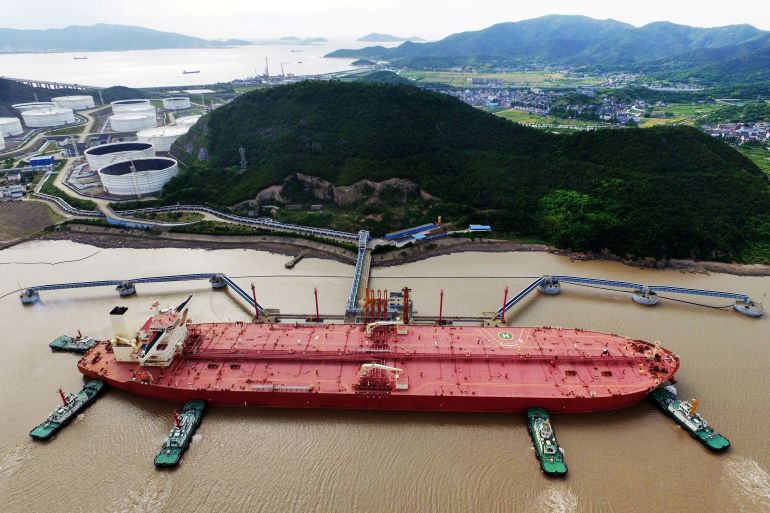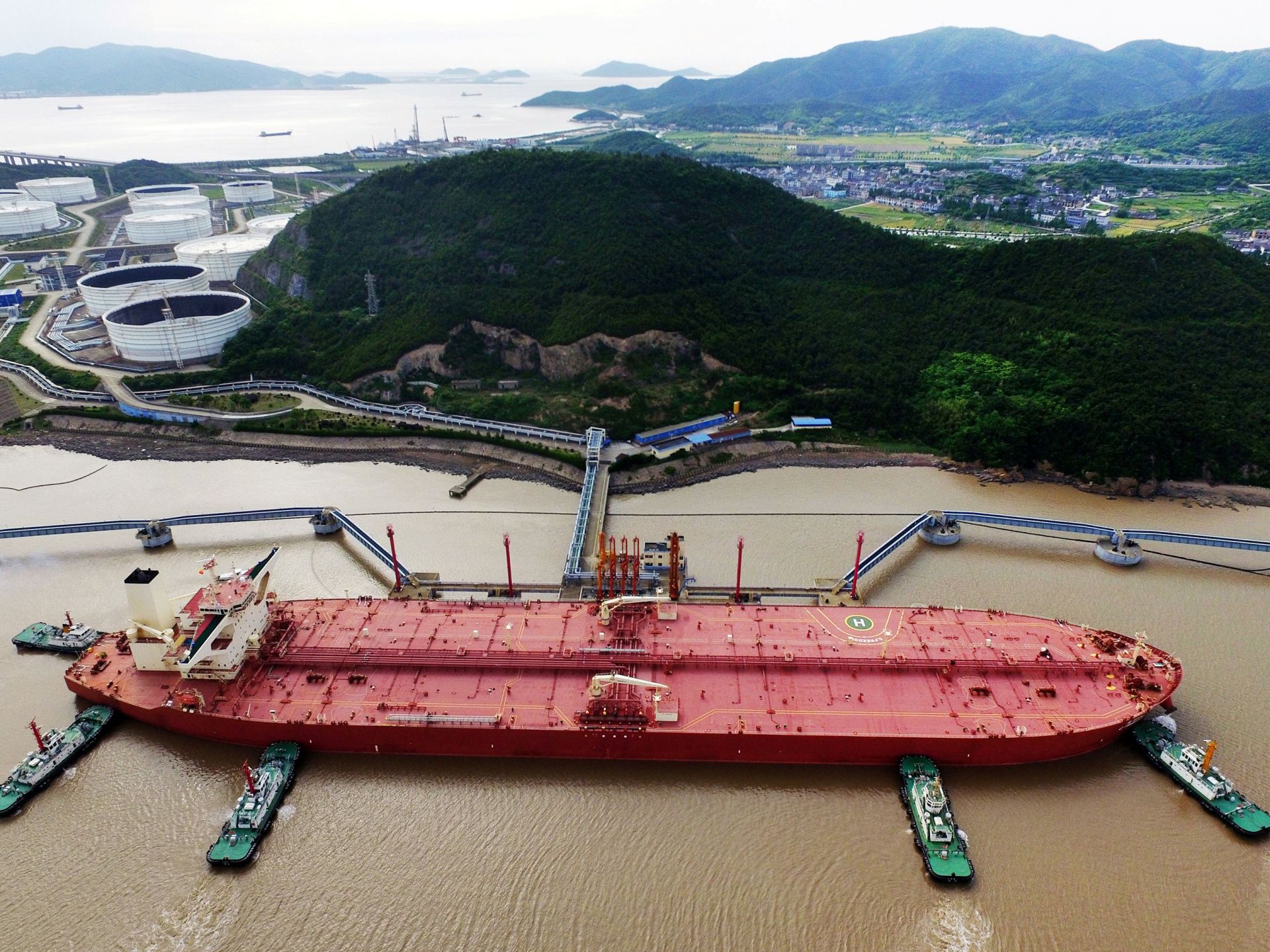beijingwalker
ELITE MEMBER

- Joined
- Nov 4, 2011
- Messages
- 65,195
- Reaction score
- -55
- Country
- Location
Russia overtakes Saudi Arabia as China’s top oil supplier
Chinese imports of Russian oil rise by nearly one-quarter from the same period in 2022.20 Mar 2023

China imported more oil from Russia than any other country in the first two months of 2023 [File: Reuters]
Published On 20 Mar 202320 Mar 2023
Russia overtook Saudi Arabia to be China’s top oil supplier in the first two months of 2023, according to Chinese government data, as buyers snapped up sanctioned Russian oil at steep discounts.
Arrivals from Russia totalled 15.68 million tonnes in January-February, or 1.94 million barrels per day (bpd), up 23.8 percent from 1.57 million bpd in the corresponding 2022 period, data from the General Administration of Customs showed on Monday.
Russia was China’s second-largest crude supplier last year, shipping 86.2 million tonnes.
Imports of Saudi crude totalled 13.92 million tonnes in the two-month period, equivalent to 1.72 million bpd, down from 1.81 million bpd a year earlier.
Saudi Arabia was China’s top supplier in 2022, selling 87.49 million tonnes of crude during the year, equivalent to 1.75 million bpd.
Western sanctions and a price cap on seaborne Russian crude following Moscow’s invasion of Ukraine have limited the buyer pool for Russian supply, leading it to trade at deep discounts to international benchmarks.
Independent Chinese refiners, many of them based in Shandong province, have been among the main beneficiaries of this shift in pricing power.
February-arriving Russian ESPO crude at Shandong ports was bought in January at a discount of about $8 relative to the ICE Brent benchmark, though the pricing advantage has been somewhat eroded by the entry of private Indian refiners into the ESPO market.
However, with domestic fuel demand rising following the lifting of COVID-19 restrictions, state-owned Sinopec and PetroChina resumed their purchases of Russian Urals grade cargoes in February after a brief pause in late 2022, just before the European Union embargo on Russian oil started.
Chinese refiners use intermediary traders to handle shipping and insurance of Russian crude to avoid violating Western sanctions.
Customs data also showed that imports from Malaysia were 0.65 million bpd over the period, up 144.2 percent from the same period last year. Malaysia is often used as an intermediary point for sanctioned cargoes from Iran and Venezuela.

Russia overtakes Saudi Arabia as China’s top oil supplier
Chinese imports of Russian oil rise by nearly one-quarter from same period in 2022.


